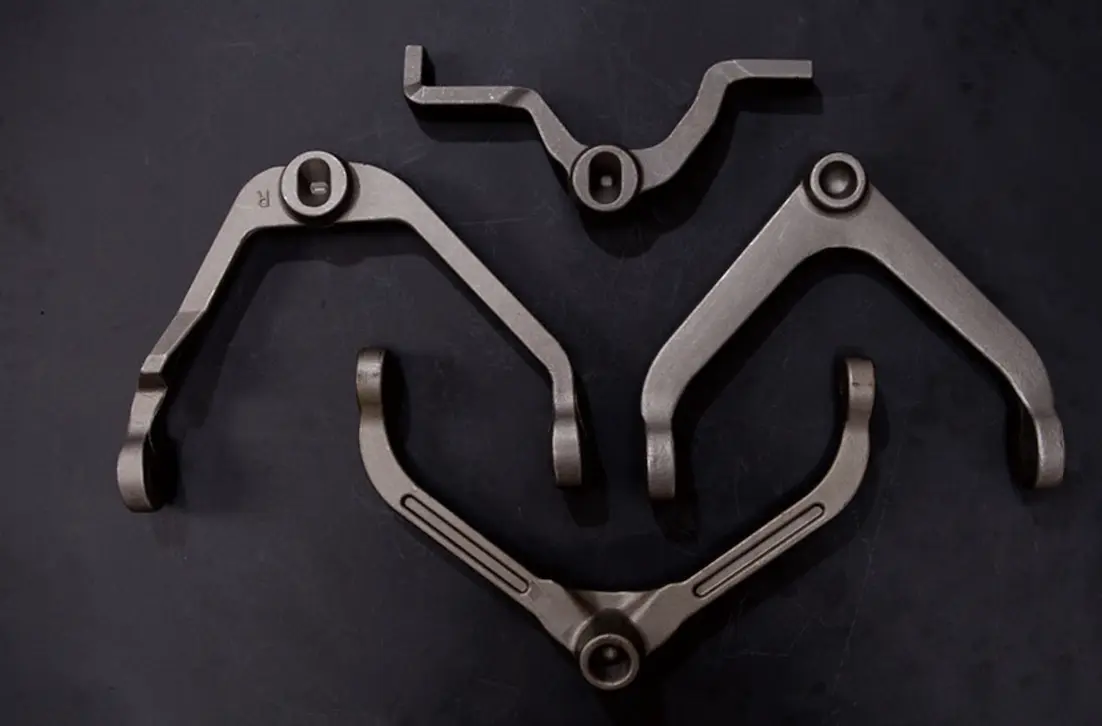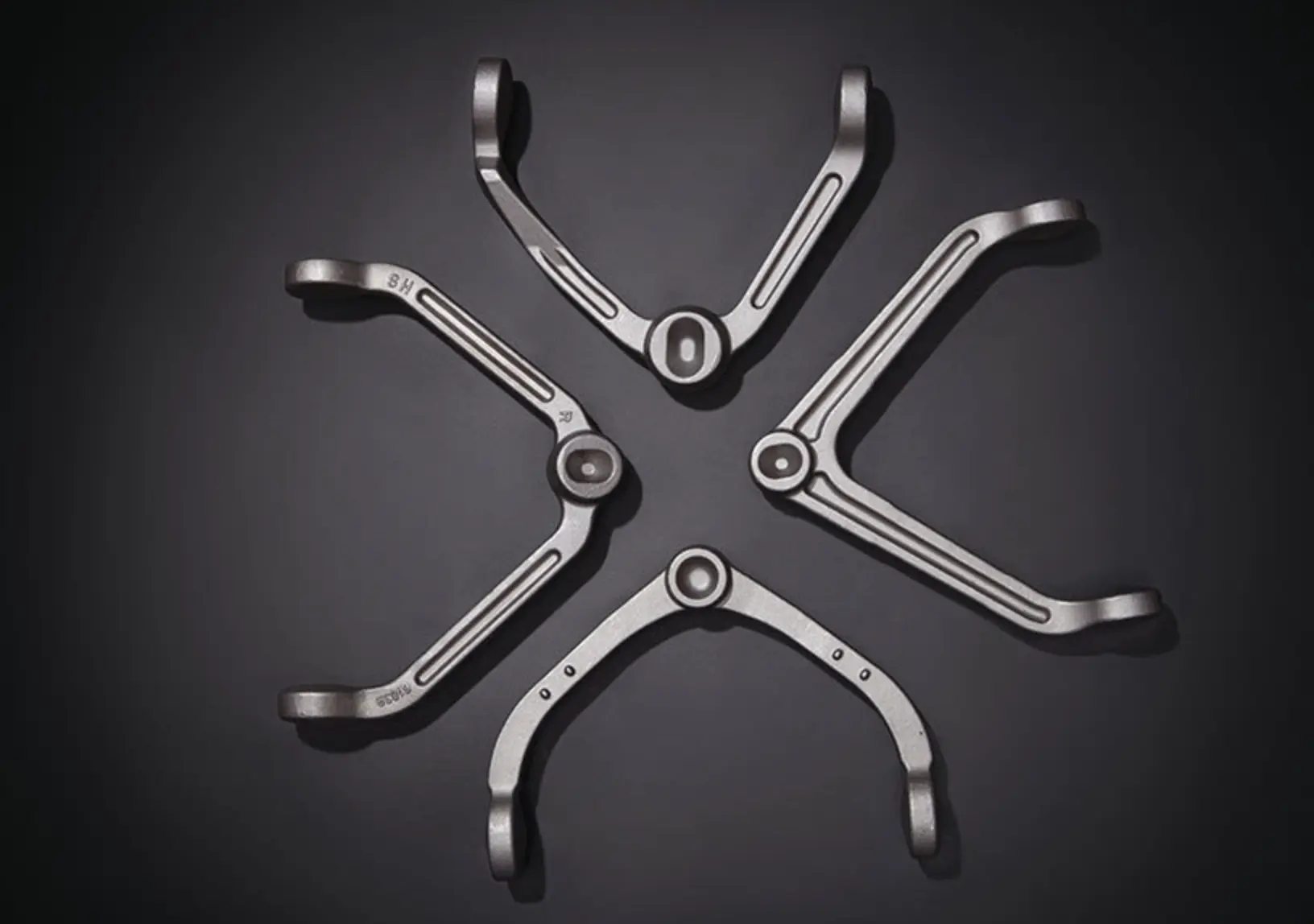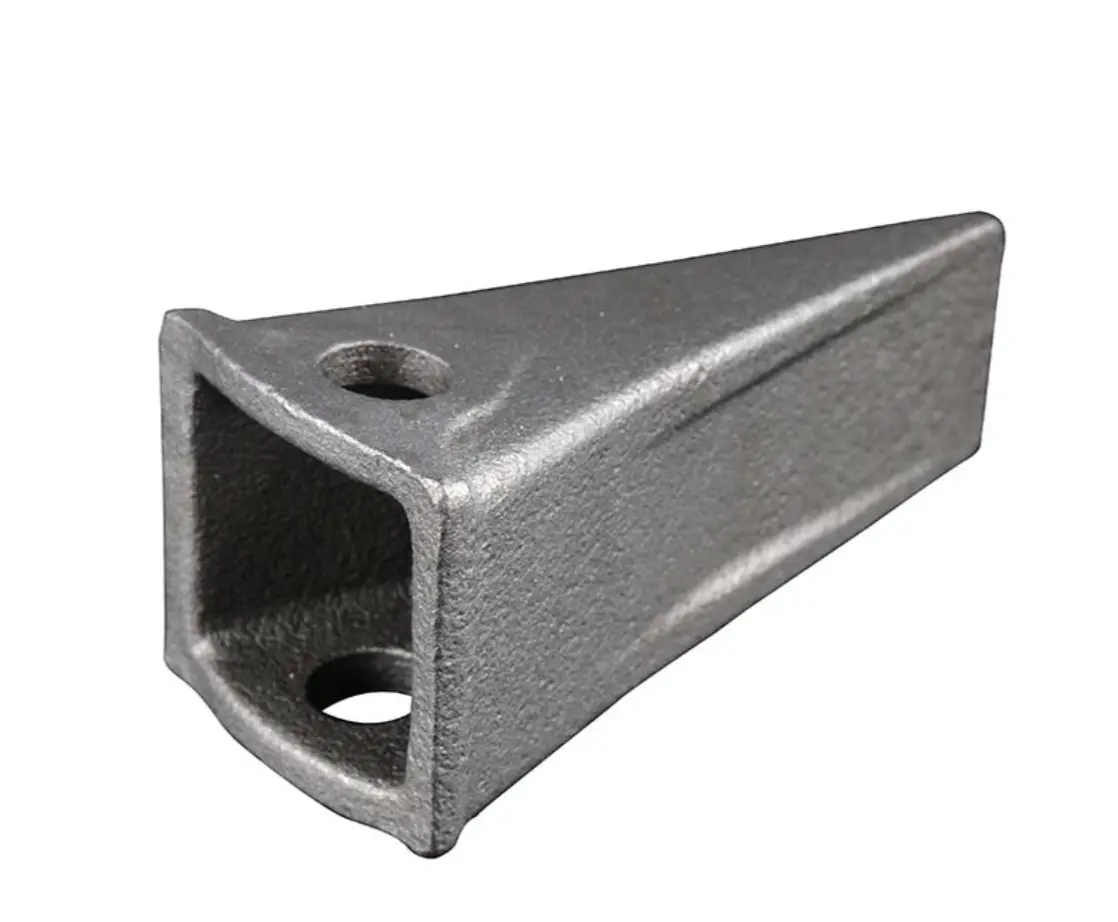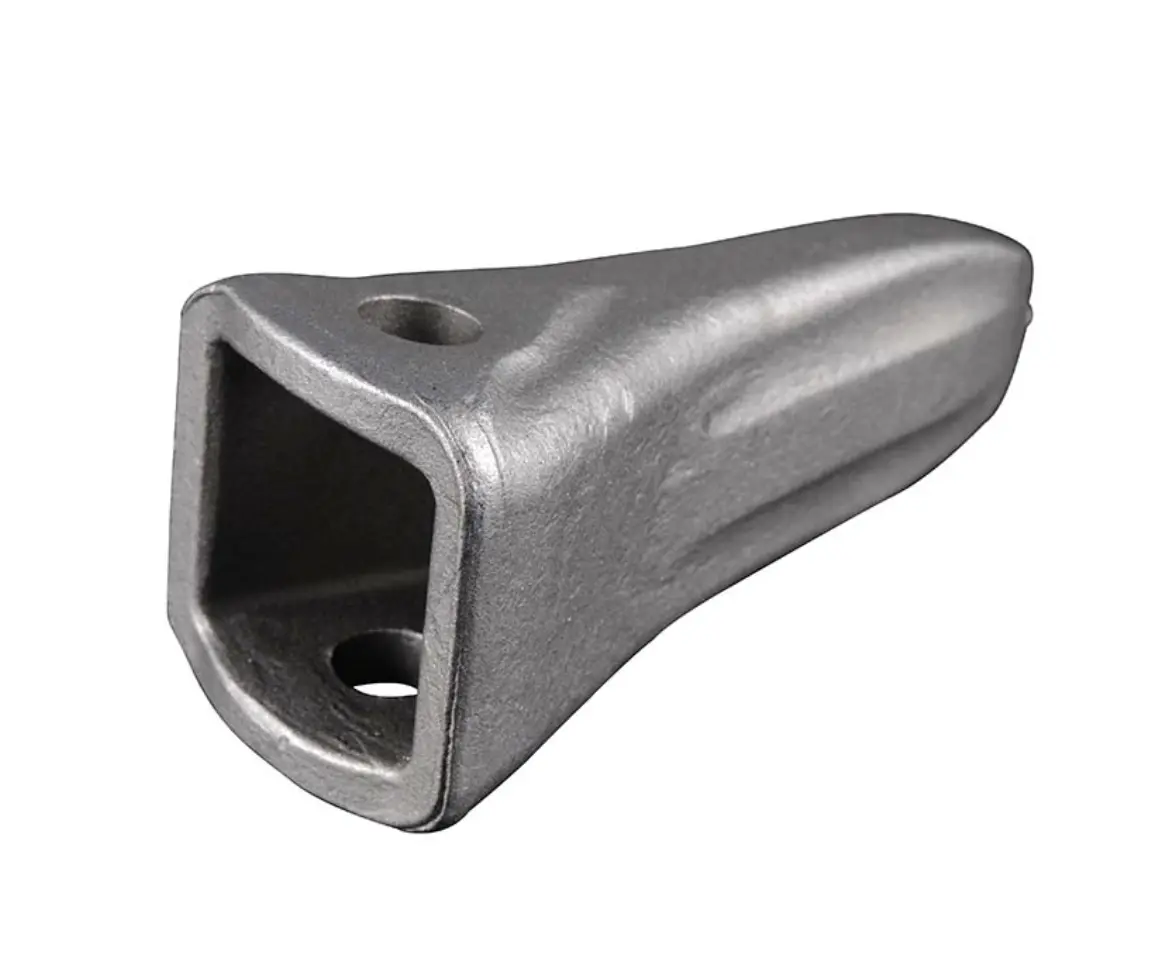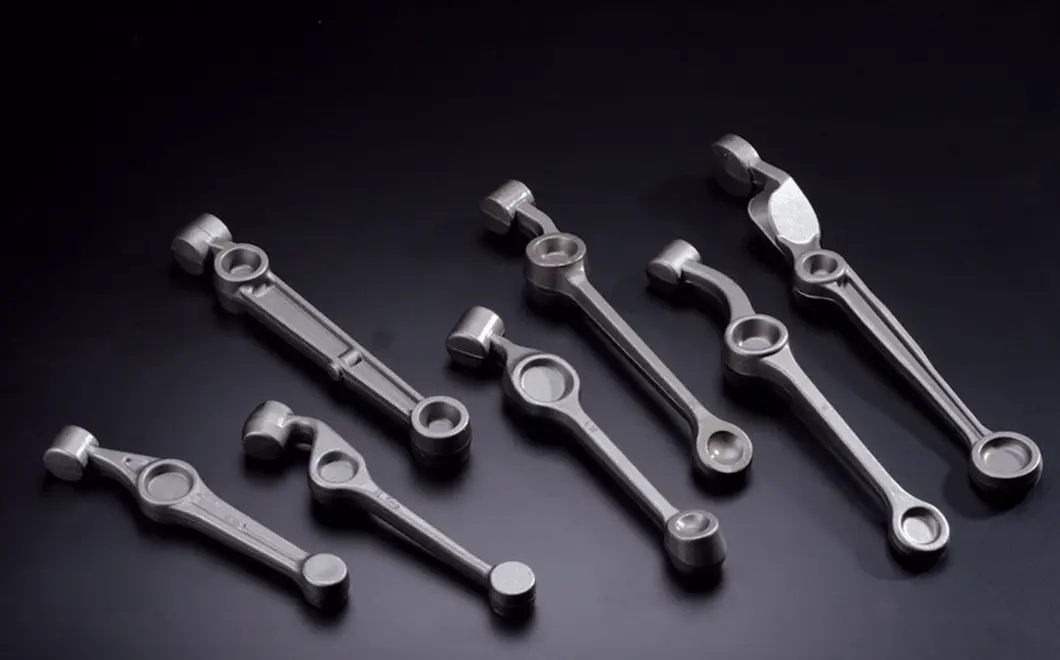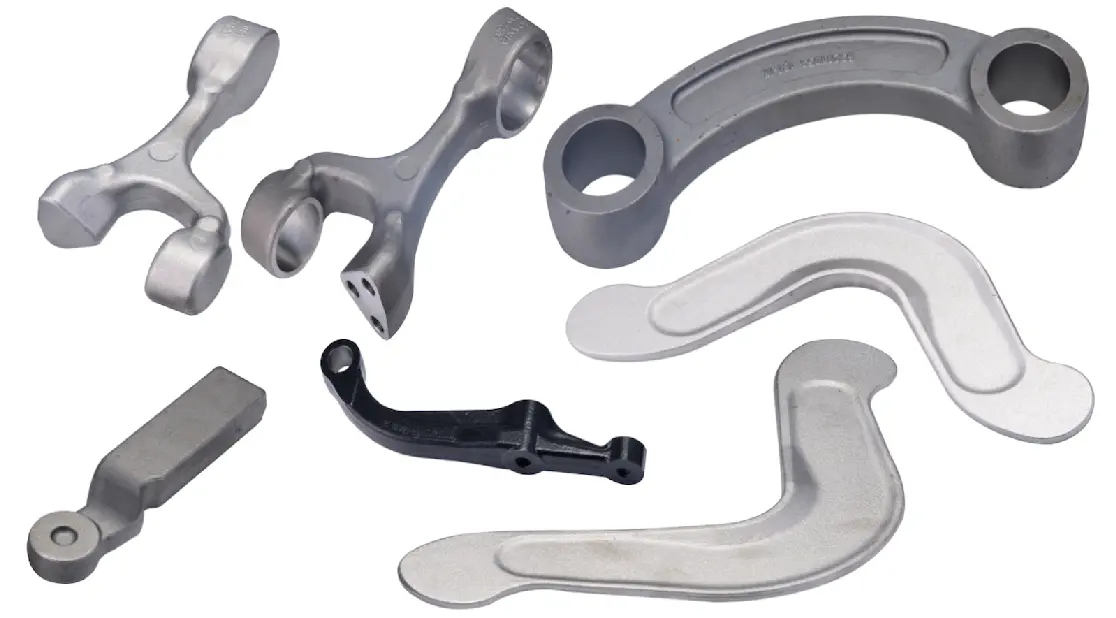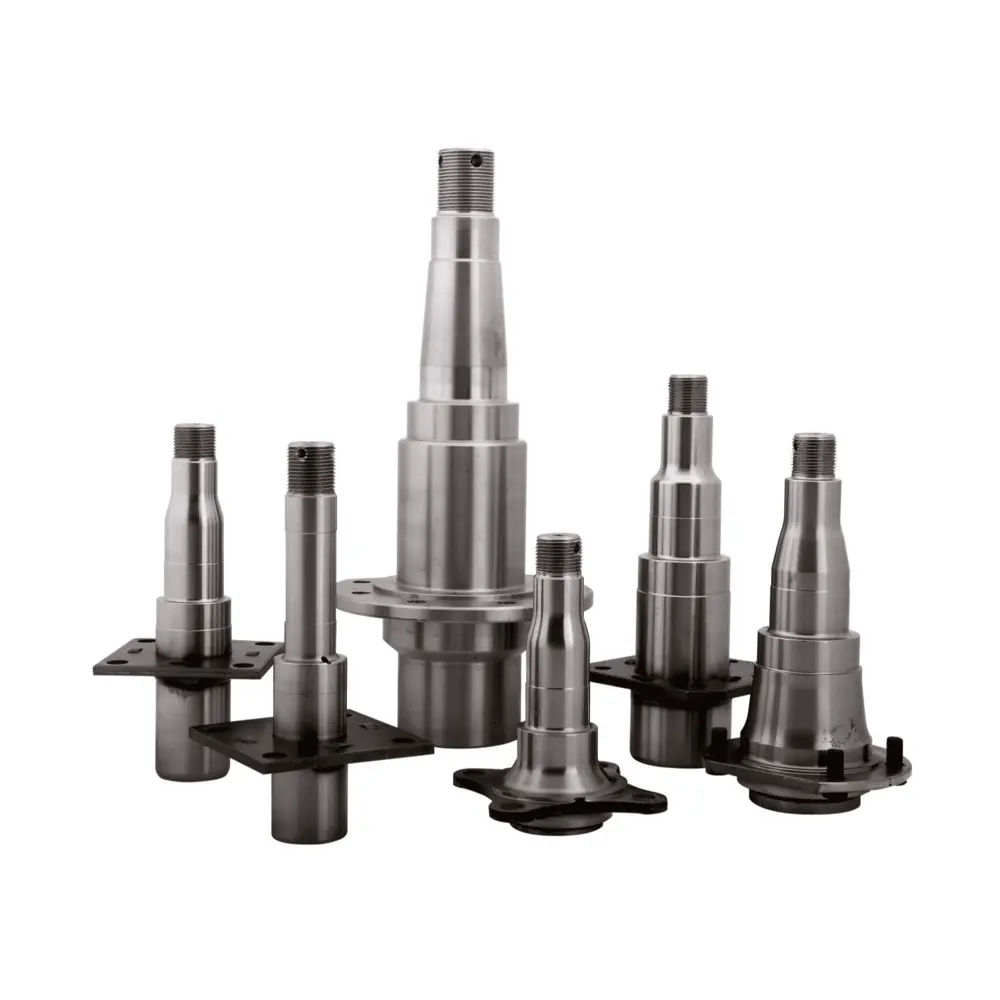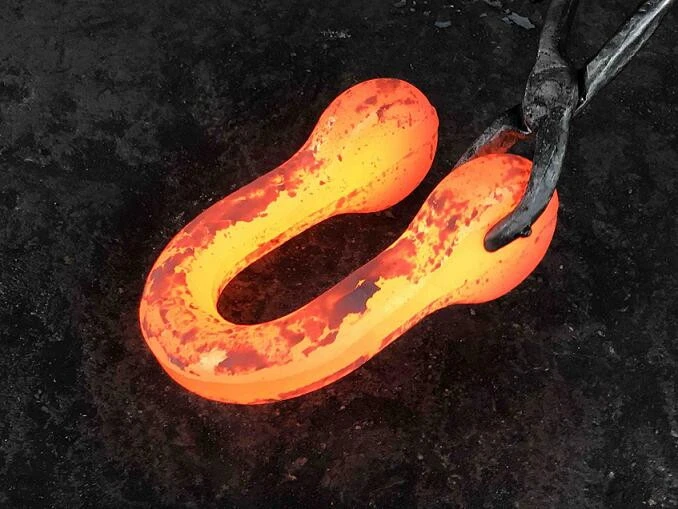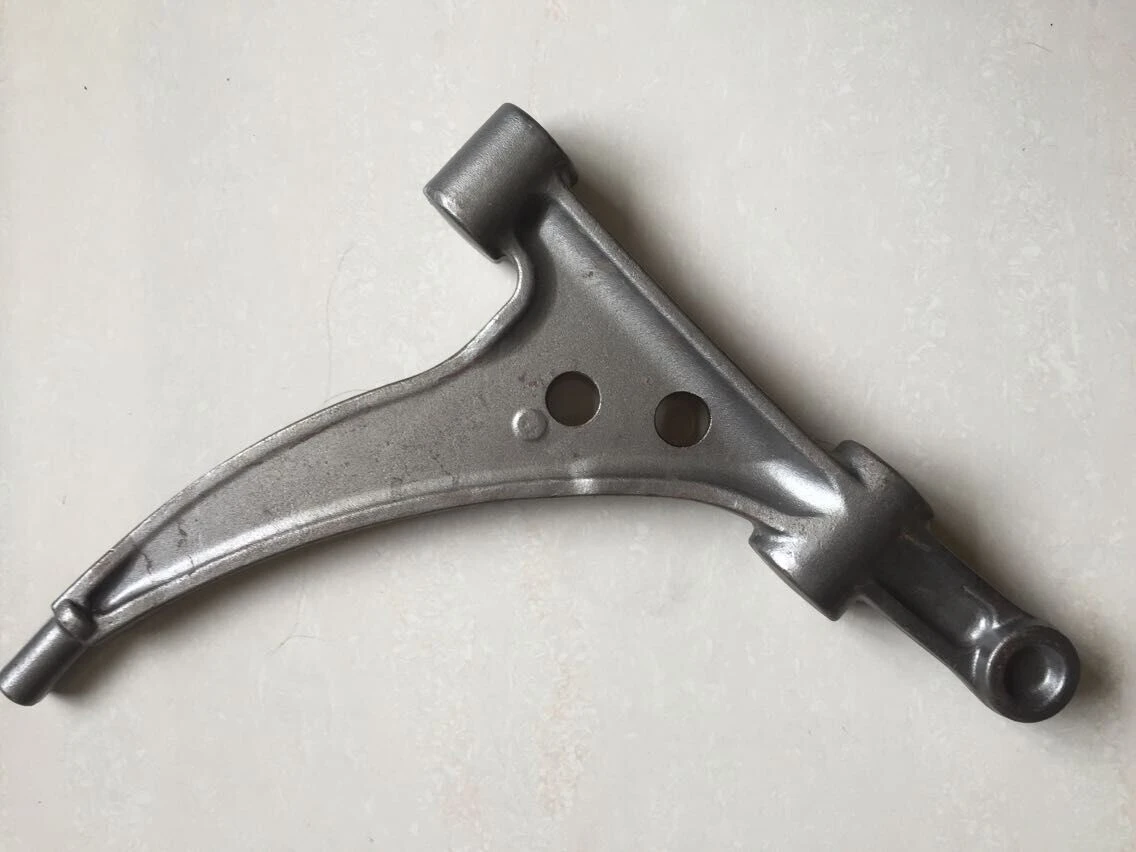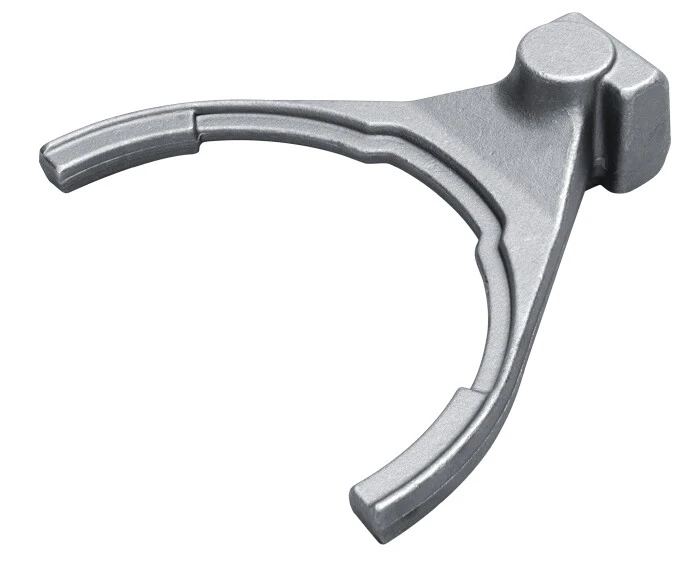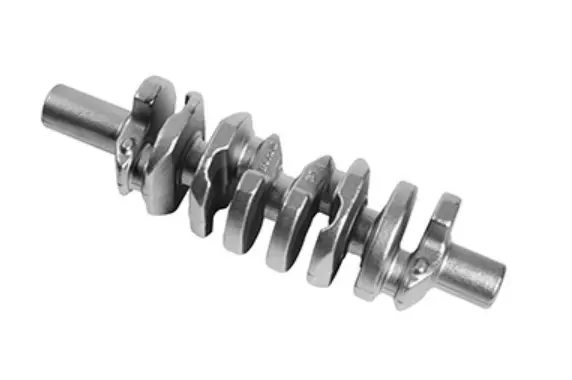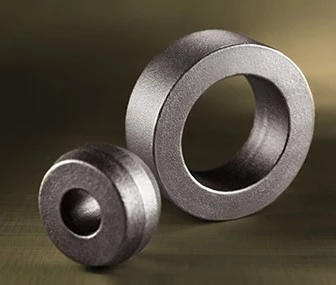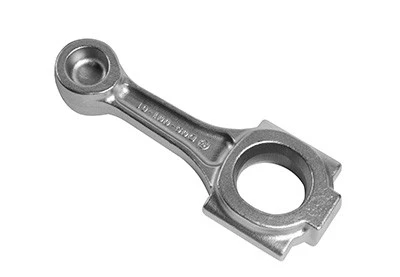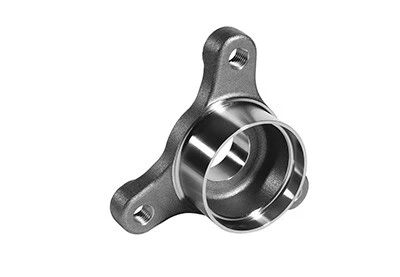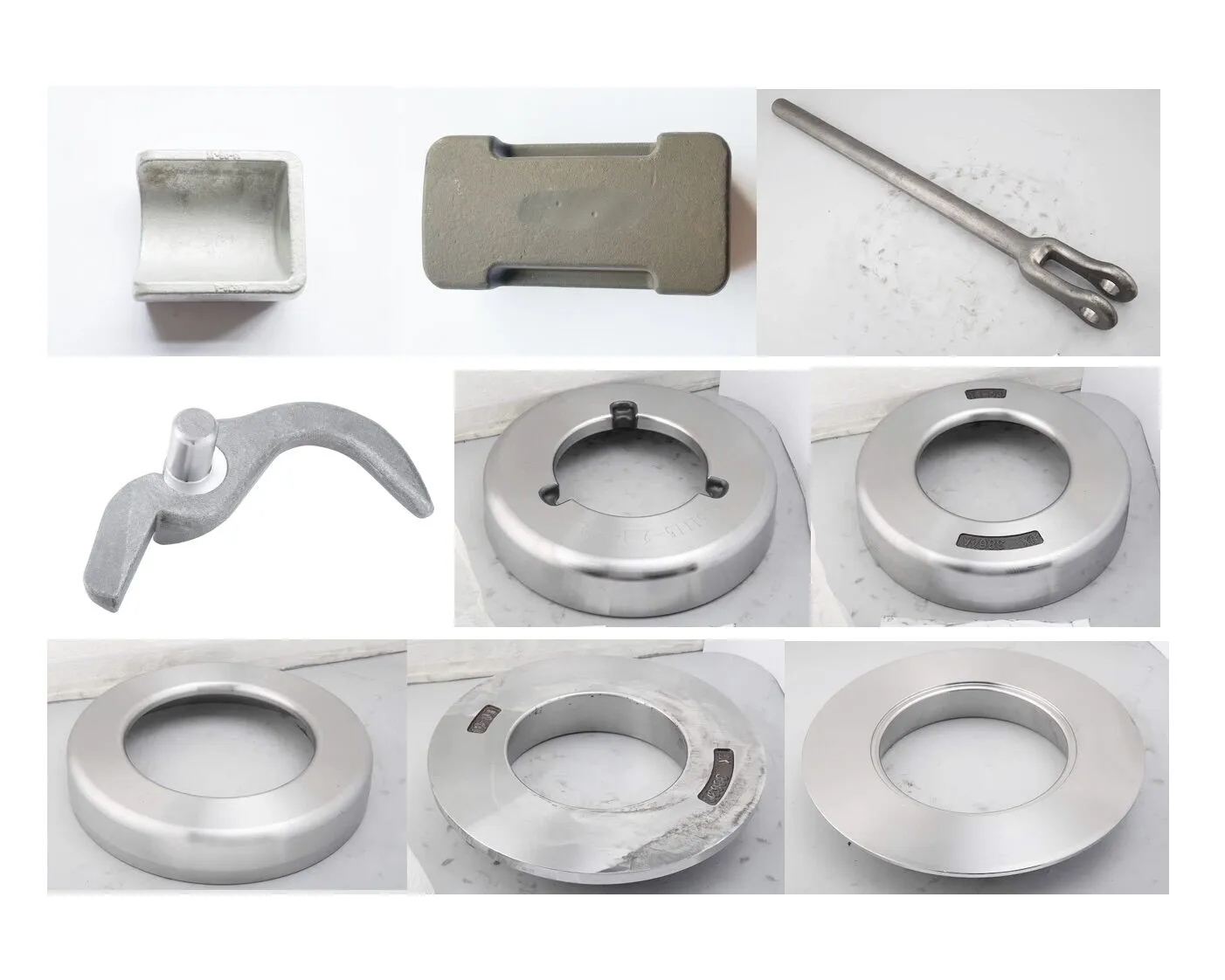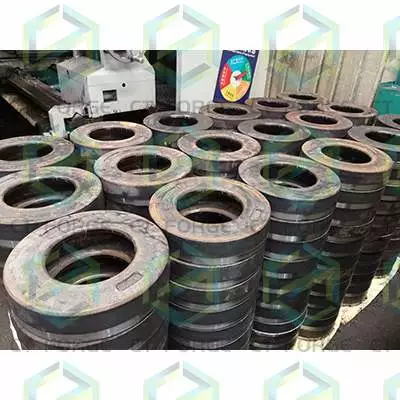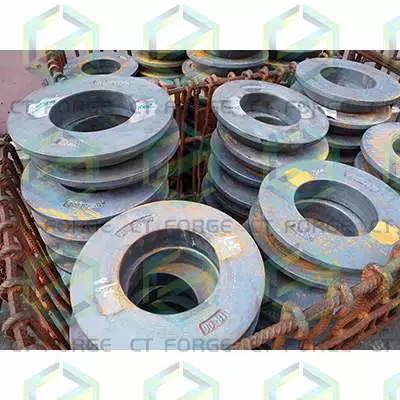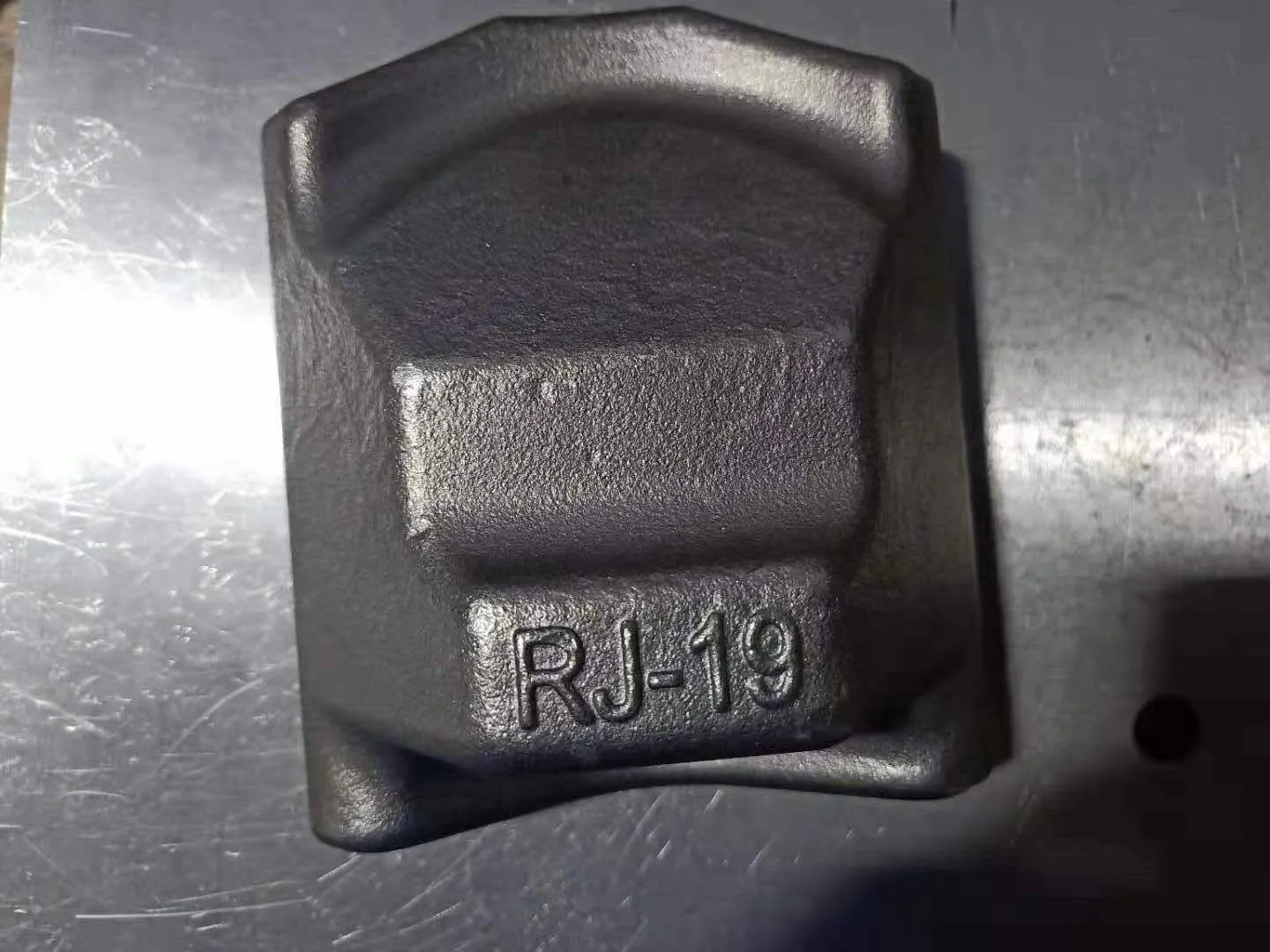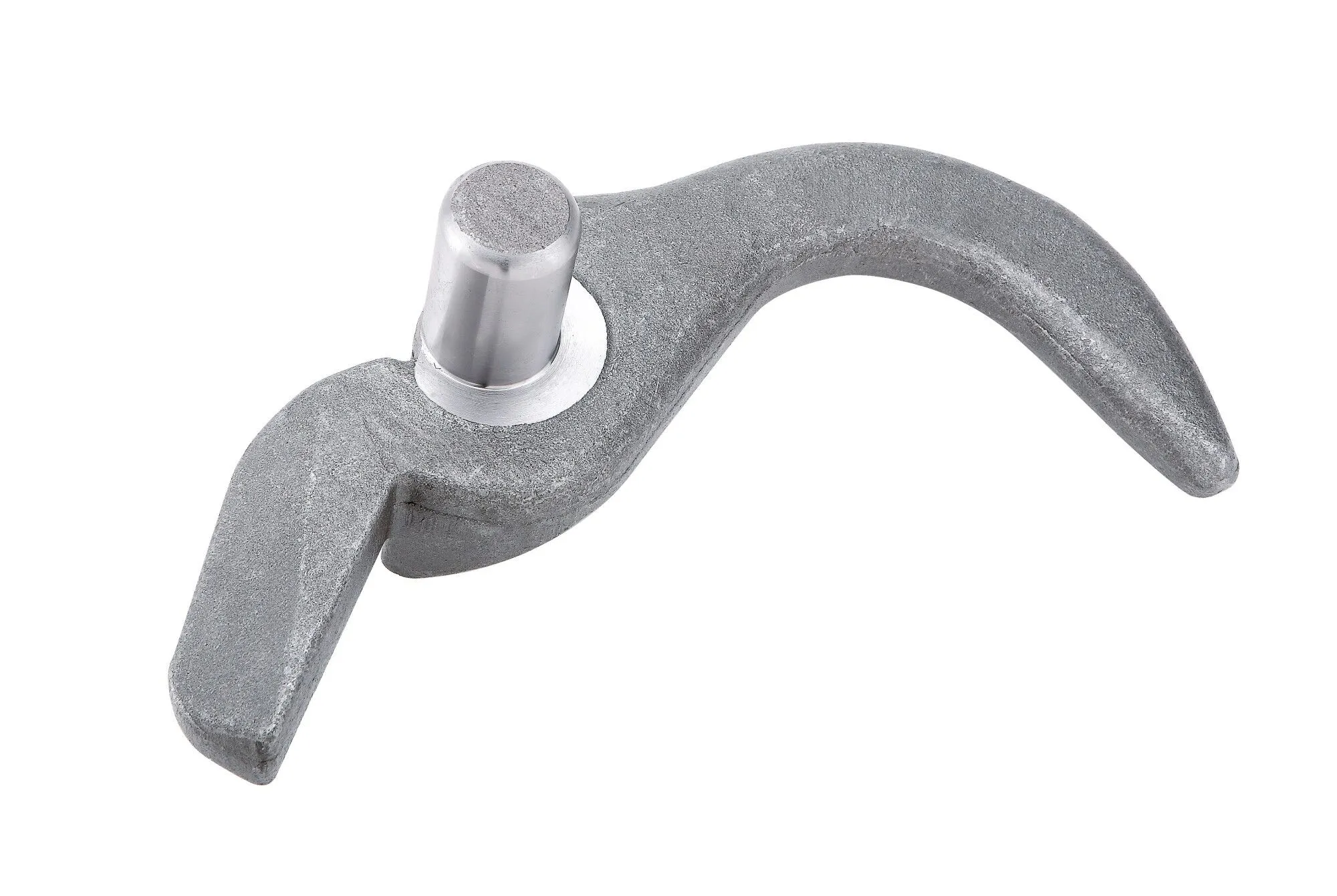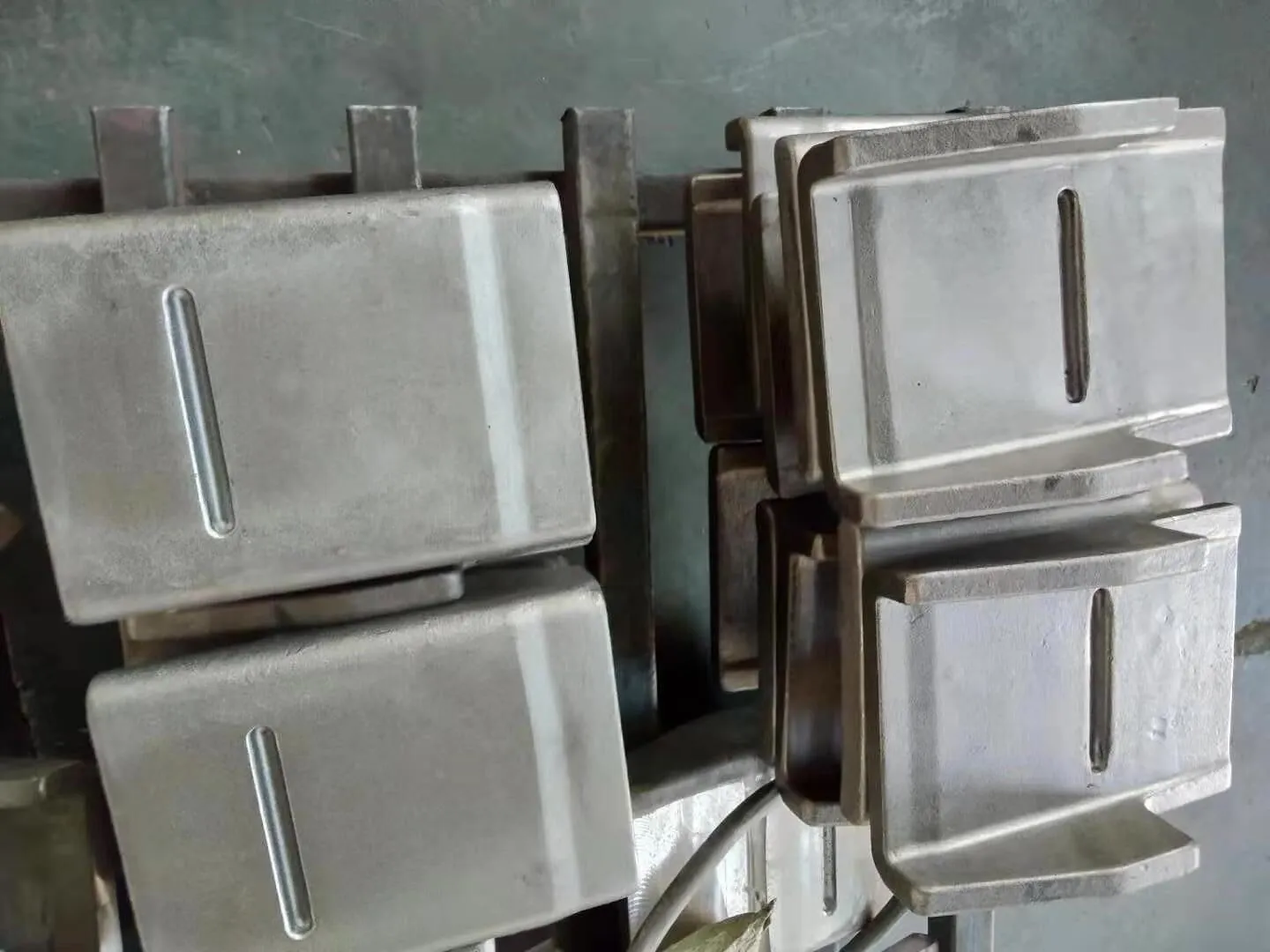Other Metal Forging
Control arm forged chasis system for automobile
Control arm for automobile suspension system
Choose the appropriate tooth tip type according to the specific working conditions. For example, for working conditions with medium wear resistance and penetration requirements, you can choose a general-purpose tooth tip; for extreme conditions, you need to choose a reinforced or specially designed tooth tip.
All our teeth are using high spec alloy steels to ensure excellent wear characteristics, parts is checked by the
original gages to make sure the fitting is standard and ease of installation wherever possible. Wide range,
quality, service, we are your best choice.
Forged control arm for automobile
In the process of forging, not only the appropriate shape and size must be required, but also the performance requirements of the parts during the use must be met, which includes strength index, plasticity index, impact toughness, fatigue strength, fracture toughness, resistance against stress corrosion and so on. This makes forging process always better than other metal working processes. Below we would like to introduce forging under different conditions.
Trailer Axle spindle
Door Hinge forging Supplier
The control arm of a car, as an important component of the vehicle suspension system, plays Support stability,Cushioning vibration,Steering function,Safety guarantee.
Clutch Fork used in gearbox.
Forged crankshafts are usually made of high-strength alloy steel, and their surfaces are usually processed by heat treatment, hardening treatment, and other processing methods to improve their wear resistance. This wear resistance can effectively reduce crankshaft wear during prolonged high-speed rotation, while also enabling the vehicle to better adapt to various working environments.
Properties of Steel Forgings
Strong & Durable : Steel forgings have a generally higher strength and are typically tougher than steel processed in other fashions. The steel is less likely to shatter on contact with other objects for example, making forged steel highly suitable for items such as swords. This increased strength and durability is a result of the way in which the steel is forced into shape — by pressing or by hammering — during the forging process. The steel’s grain is stretched by this process, and ends up aligned in one direction, as opposed to being random. Following the pressing or hammering, the forging is cooled in water or oil. By the end of the process, the steel is stronger than it would have been had it been cast, for example.
Anisotropic: A steel forging’s strength isn’t consistent all the way through; instead, steel forgings are anisotropic, which means when the metal is worked on and deformation occurs, the steel’s strength is greatest in the direction of the resulting grain flow. This results in steel forgings which are strongest along their longitudinal axis, while in other directions, the forging will be weaker. This differs from steel castings, which are isotropic and therefore have almost identical properties in all directions.
Consistency Between Forgings: Since the process of forging is controlled and deliberate, with each forging undergoing the same steps, it’s typically possible to ensure a consistent material over the course of many different forgings. This is in contrast to cast steel, which is more random in nature due to the processes used.
Limit on Size: During the forging process, it’s more difficult to shape the metal, since forging occurs while the steel is still solid, unlike in casting where the metal has been reduced to its liquid form as part of the process. Since the metallurgist working with the steel will have more difficulty altering the metal’s shape, there’s a limit on the size and the thickness of the steel which can be successfully forged. The larger the metal section being worked on, the harder it is to forge.
Forging dies are usually made of high-alloy or tool steel. Dies must be impact- and wear-resistant, maintain strength at high temperatures, and have the ability to withstand cycles of rapid heating and cooling. In order to produce a better, more economical die the following standards are maintained.
Drop forging is a forging process where a hammer is raised and then "dropped" into the workpiece to deform it according to the shape of the die. There are two types of drop forging: open-die drop forging and impression-die (or closed-die) drop forging. As the names imply, the difference is in the shape of the die, with the former not fully enclosing the workpiece, while the latter does.
Forge's steel forgings are built to meet aviation industry specifications and standards for its advantages. Our unique parts optimization capabilities are particularly important to this sector and its “zero failure” tolerances. At the same time, our diverse client base benefits from the processes and practices designed to address the aerospace universe. At CT Forge, process control is paramount, resulting in more value-added products and services for our customers. Our steel forgings are used in below industrial applications:
Aerospace Automotive Burners Defense
Electronics Farm Machinery Food & Beverage Heavy Machinery
Industrial Machine Tool Medical Tools Military
Mining Nuclear Oil & Gas Optics
Packaging Petroleum Power Generation Pressure Vessel
Pumps Recreation Valves
CC-230925-CSF-25
Discover our precision-crafted Articulated Connection Forgings, expertly made from Carbon Steel. These components are fully customizable in terms of dimensions and undergo normalizing, quenching, and tempering processes to meet your specific requirements. We ensure their quality through rigorous hardness and dimension tests.
CC-230925-CSF-24
Explore our precision-crafted Forged Carbon Steel Train Parts, expertly made from ASTM 1340/40Mn2, ASTM 5120/20Cr, and ASTM 5140/40Cr through drop forging techniques. These components, fully customizable in size (1-100 KG), undergo meticulous magnetic powder defects testing, ensuring top-notch quality for your applications.
CC-230925-CSF-23
We are the leading producer of DIN ST52-3 Train Components, expertly crafted from high-quality carbon steel. Our components undergo a comprehensive process, including normalizing, quenching, and tempering, and are rigorously tested for magnetic powder defects. Available in sizes ranging from 1-100 KG, we offer full customization to meet your specific needs.
CC-230925-CSF-22
Experience excellence with our Hot Forging Train Parts, meticulously crafted from Carbon Steel ASTM 1021, ASTM 5140/40Cr, and ASTM 4119/20CrMo. These components, available in weights ranging from 1-100 KG, can be fully customized to your desired dimensions. Each part undergoes a process of normalizing and quenching to ensure superior quality and durability.
CC-230925-CSF-21
We are your trusted provider of Forged Rain Train Components, crafted through hot forging from Carbon Steel ASTM 1320/20Mn2. Offering customization in both size (1-100 KG) and specifications, our components undergo rigorous testing including hardness and dimension tests, making them ideal for OEM applications.
CC-230925-CSF-20
Explore our precision-crafted Closed Die Forging Rain Train Part, made from Carbon Steel ASTM 1040 and ASTM 1340/40Mn2. These components are fully customizable, ranging from 1-100 KG, and undergo normalizing, quenching, and tempering processes to meet your specific requirements.

